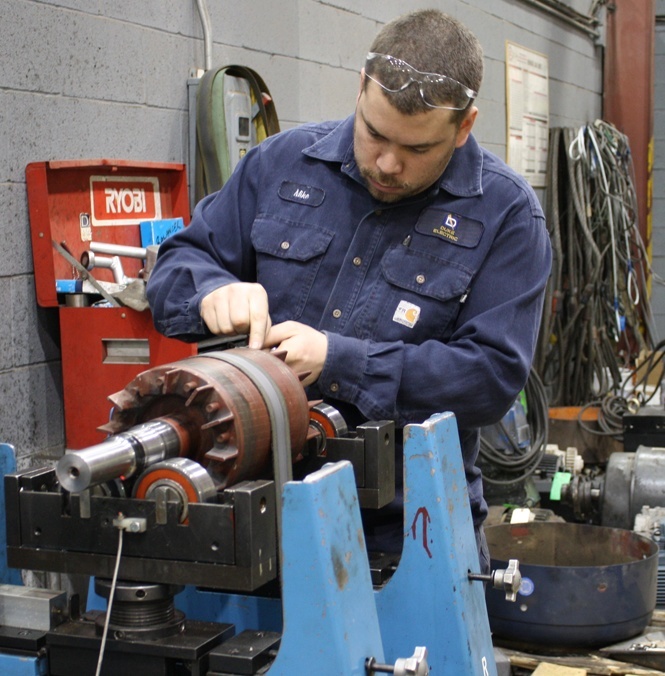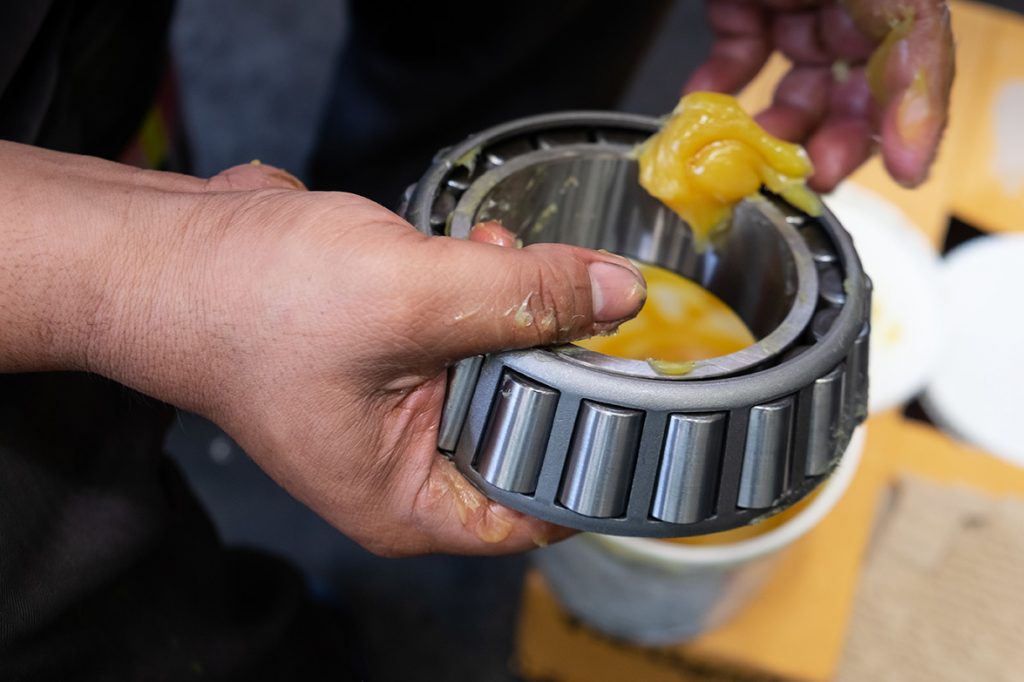Reducing Downtime with a Total Productive Maintenance Approach August 31, 2022
Total Productive Maintenance (TPM) is a lean manufacturing philosophy that centres on planned, preventive maintenance to reduce downtime, improve equipment reliability, and maximize efficiency. Whether or not you’ve experimented with TPM in the past or are new to the concept, it’s worth understanding its benefits.
The Origins of Total Productive Maintenance
Developed in the 1960s by Nippon Denso, part of Toyota Motors, Total Productive Maintenance was born out of preventive maintenance techniques made famous by Japanese companies in the 1950s.
At the time, Nippon Denso found that meeting quality and equipment utilization goals became challenging with increasing automation, as more and more maintenance personnel were required. Management proposed that line workers perform routine maintenance on their machines, or autonomous maintenance, to improve operational efficiencies.
Autonomous maintenance, combined with preventive maintenance techniques, and a commitment to high quality and zero losses, led to the development of Total Productive Maintenance.
Seiichi Nakajima defined the concepts of TPM and helped to implement it in plants all over Japan, getting dubbed the “Father of Total Productive Maintenance” along the way. He provided a standardized and repeatable methodology for TPM so that it could more easily be adopted by companies striving to improve their productivity.
The Foundational Practices of TPM
TPM is made up of a 5S Foundation, which is a system of organization used to maintain a production facility. The 5S Foundation includes the following elements, which are five Japanese words that describe the practice:
- Sort (Seiri): remove anything that isn’t required from the work area
- Straighten (Seiton): straighten out the remaining items
- Shine (Seiso): inspect and clean the work area
- Standardize (Seiketsu): develop standards for the above three activities
- Sustain (Shitsuke): make sure standards are consistently followed
Need Motor Repiar Now?
Our CSA-Certified repair facility can help you get back up and running.
The Core Pillars of TPM
The eight pillars of Total Productive Maintenance (TPM) are built on the 5S Foundation and focused on proactive and preventive maintenance practices. With an established 5S base, plant managers can focus on and prioritize the following:
1. Autonomous Maintenance
Operators are responsible for their equipment, including routine maintenance, cleaning, lubricating, and inspection. This empowers operators with a sense of ownership, increases their knowledge of the equipment, and identifies issues before they become a problem.
2. Planned Maintenance
Planned maintenance includes routine, scheduled maintenance tasks based on predictive or measured failure rates. Building planned maintenance into the schedule reduces unplanned stop time and enables maintenance to be prepared for times when the equipment is not scheduled for operation.
3. Quality Maintenance
Quality maintenance includes design error detection and prevention built into production processes. This technique applies root cause analysis to eliminate any recurring sources of quality defects.
4. Focused Improvement
Focused improvement is a practice that encourages small groups of employees to work together proactively to achieve regular, incremental improvements in equipment operation. This effectively combines the cross-functional talents of a company to create a robust engine for continuous improvement.
5. Early Equipment Management
Early equipment management funnels practical knowledge and understanding of manufacturing equipment gained through TPM towards improving new equipment design.
6. Training and Education
Ongoing training and education allow employees to learn about maintenance best practices and stay updated on new developments. It also fills in those knowledge gaps, so operators can identify emerging problems and solve them.
7. Safety, Health, Environment
Working environments are vetted for safety with proper signage, training, safety equipment, and fail-safe procedures. This practice targets the goal of an accident-free workplace.
8. TPM in Administration
TPM in administration applies TPM techniques to administrative functions. This can serve to reduce waste in administrative processes and supports production functions as well. For example, reducing the time, it takes to process an order through time-saving steps.
Yes, the goals of TPM are lofty – no breakdowns, small stops or slow runs, defects, and no accidents. But the philosophy is sound and sensible. What about implementing the Total Productive Maintenance Approach? It all starts with forming the right mindset in your team. In our free Preventive Maintenance Guide, we go over how to create that mindset.







